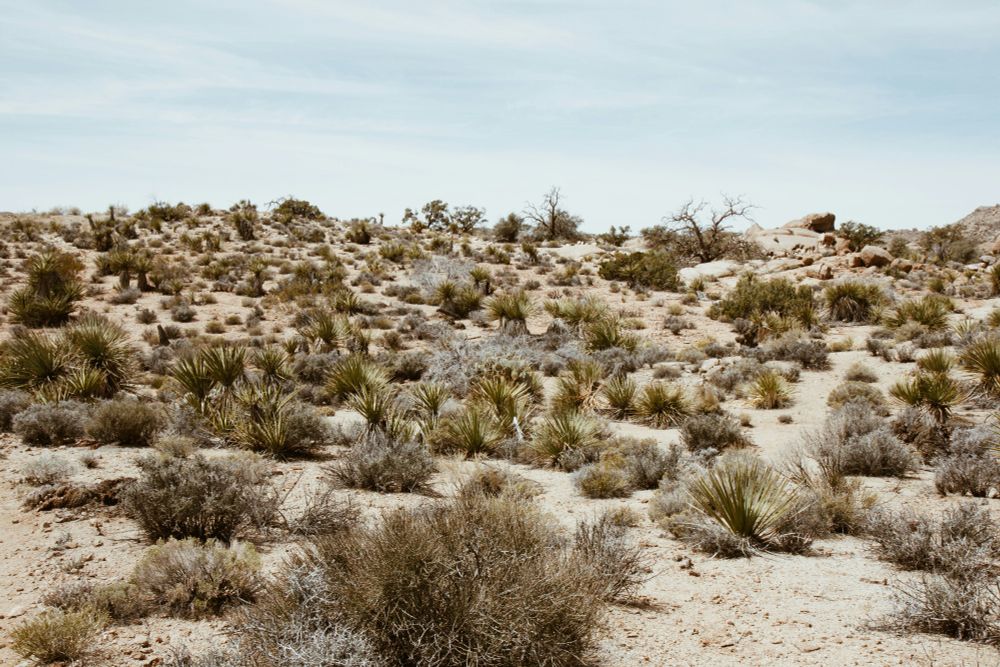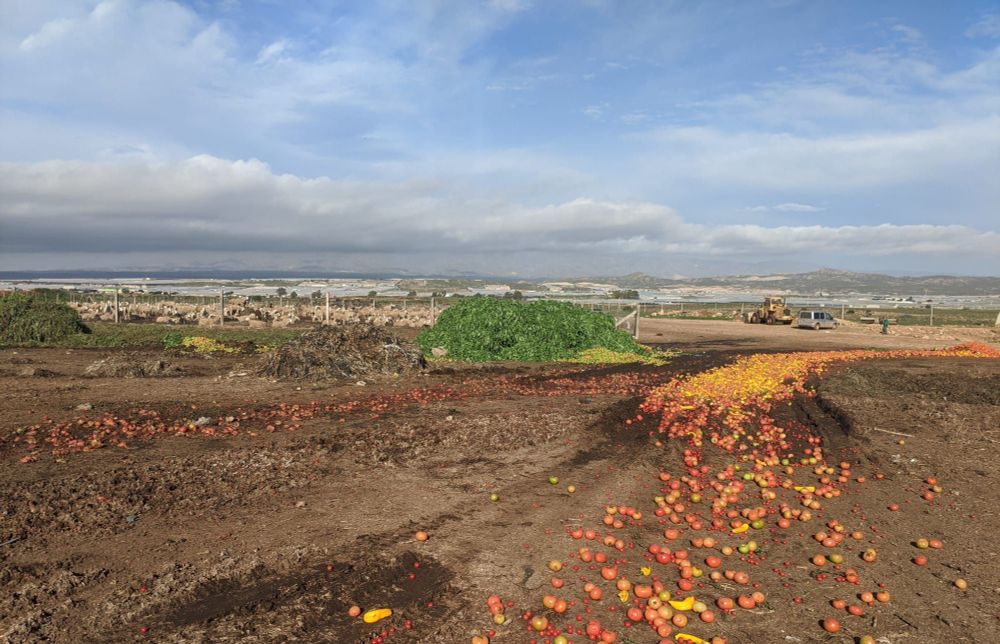




Cambridge Prisms: Drylands explores the ecology of biocrusts in the Arabian Peninsula, one of the most extreme and underexplored regions on Earth, their functions, knowledge gaps & potential for land restoration doi.org/10.1017/dry....

Cambridge Prisms: Drylands explores the ecology of biocrusts in the Arabian Peninsula, one of the most extreme and underexplored regions on Earth, their functions, knowledge gaps & potential for land restoration doi.org/10.1017/dry....











📅 Apr 13–15, 2026 | Thuwal, Saudi Arabia
A global gathering to reimagine how to feed the world without eating the planet
👉 Free registration & info: kaust.edu.sa/events/ffs26/

📅 Apr 13–15, 2026 | Thuwal, Saudi Arabia
A global gathering to reimagine how to feed the world without eating the planet
👉 Free registration & info: kaust.edu.sa/events/ffs26/

➡️ Protecting SOC fractions is critical to sustain dryland resilience under climate change.


➡️ Protecting SOC fractions is critical to sustain dryland resilience under climate change.
✔️ POC & MAOC are linked to carbon storage, nutrient cycling, water regulation & biomass production.
✔️ Their role depends on vegetation type & aridity.
✔️ Links weaken sharply under high aridity (>0.8).

✔️ POC & MAOC are linked to carbon storage, nutrient cycling, water regulation & biomass production.
✔️ Their role depends on vegetation type & aridity.
✔️ Links weaken sharply under high aridity (>0.8).
📖 doi.org/10.1016/j.ge...

📖 doi.org/10.1016/j.ge...





studies how to restore and manage drylands to boost biodiversity, fight climate change & support livelihoods Let’s #RestoreLand and #UnlockOpportunities—for people and the planet

studies how to restore and manage drylands to boost biodiversity, fight climate change & support livelihoods Let’s #RestoreLand and #UnlockOpportunities—for people and the planet

Photosynthetic cover
Fungal lifestyle (e.g. saprotrophic, symbiotic)
These findings highlight the complex and lineage-specific ways soil microbiomes respond to climate warming, with implications for soil function and ecosystem resilience

Photosynthetic cover
Fungal lifestyle (e.g. saprotrophic, symbiotic)
These findings highlight the complex and lineage-specific ways soil microbiomes respond to climate warming, with implications for soil function and ecosystem resilience
This suggests that broad taxonomic identity is not a reliable predictor of warming response—ecological traits matter more

This suggests that broad taxonomic identity is not a reliable predictor of warming response—ecological traits matter more
In drylands, warming-responsive taxa made up:
35.9% of bacterial communities
42.9% of fungal communities
These shifts were evident across multiple time points.

In drylands, warming-responsive taxa made up:
35.9% of bacterial communities
42.9% of fungal communities
These shifts were evident across multiple time points.

